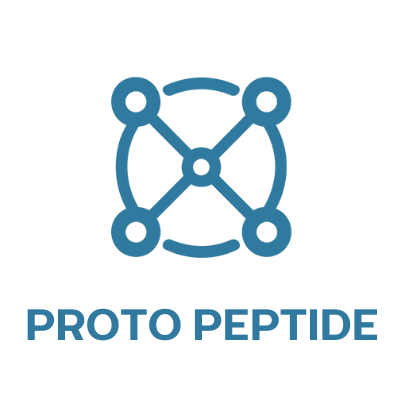BPC-157 and Muscle Recovery: What the Science Suggests
Muscle injuries are among the most common challenges in both athletic and clinical settings. Research into peptides such as BPC-157 has highlighted their potential role in supporting muscle repair and recovery. While studies are ongoing, laboratory findings show encouraging results for understanding muscle regeneration.
Why Muscle Repair is Complex
Muscle tissue has the ability to heal, but severe tears or repetitive strain can slow the process. Scar tissue formation, poor blood flow, and inflammation are just some of the barriers researchers face when studying muscle recovery.
What Research Shows About BPC-157
- Accelerated Healing: Animal models suggest faster recovery of muscle tissue after injury.
- Reduced Inflammation: Observed anti-inflammatory effects may help minimize damage to surrounding tissue.
- Improved Vascularization: BPC-157 appears to promote blood vessel growth, aiding nutrient delivery to healing muscles.
Mechanisms Being Studied
Laboratory research indicates that BPC-157 may modulate nitric oxide pathways, growth factors, and angiogenesis. These processes are key to both muscle repair and the prevention of further damage.
Conclusion
Although much more research is needed, BPC-157 has become a topic of interest in studies on muscle injury recovery. For researchers investigating peptide effects on tissue biology, BPC-157 10mg is available for laboratory use. Here at ProtoPeptide, and our products are supported by independent lab testing. Our focus is on precision and reliability, giving Canadian researchers peace of mind. All peptides are for research use only and handled under strict quality assurance. We also make it easy by offering bundle options to simplify your lab setup.
Disclaimer
This content is for informational and research-related purposes only. The peptides mentioned in this article are intended strictly for use in controlled laboratory settings by qualified professionals. It is not approved for human or veterinary use. Always follow your institution’s guidelines and consult safety data sheets (SDS) before handling any research chemical.
